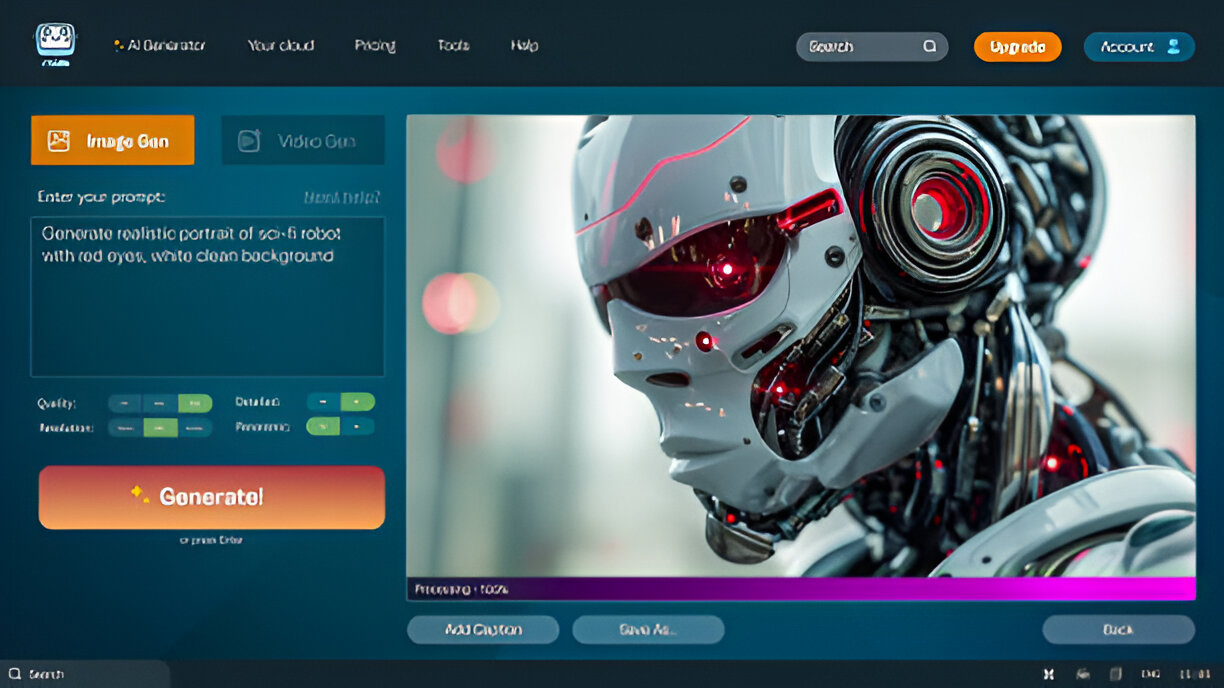In many work environments, ensuring the safety of employees is paramount. Personal protective equipment plays a vital role in safeguarding individuals from potential hazards. Amongst these, eye protection is crucial due to the severity of injuries that can occur without proper measures. Prescription safety glasses offer an effective solution for individuals requiring vision correction while working in potentially hazardous conditions. Prescription safety glasses are eyewear designed to protect the eyes from potential dangers such as debris, dust, chemicals, and other hazardous materials. Unlike regular glasses, they conform to protective standards that specify impact resistance and durability. These glasses are particularly beneficial for workers in industries such as construction, manufacturing, and chemical laboratories where eye safety cannot be compromised. Every year, thousands of workers worldwide suffer from eye injuries related to their workplace environments. Often, these injuries arise from particles, flying debris, or exposure to hazardous chemicals. Conventional prescription glasses do not offer the robust protection needed to prevent such injuries. Therefore, wearing prescription safety glasses is not just advisable; it is often a requirement to comply with occupational safety and health standards. These glasses come equipped with additional features that provide enhanced protection. They include side shields and wrap-around frames that provide a broader coverage area, reducing the risk of penetrating particles from any angle. The lens material is typically made from polycarbonate, a lightweight yet highly impact-resistant material, ensuring that the lenses can withstand significant force. Prescription safety glasses must adhere to specific regulatory standards to be deemed suitable for workplace use. In many countries, standards such as EN166 in Europe and ANSI Z87.1 in the United States outline criteria that safety eyewear must meet. These specifications cover impact resistance, optical clarity, and coverage, amongst others. Prescription safety glasses are available with different types of lenses to cater to various environmental conditions and job requirements. Options include anti-fog lenses for humid environments, anti-scratch coatings for extending lens life, and photochromic lenses for indoor and outdoor use. The primary benefit of prescription safety glasses is the combination of vision correction and eye protection. This dual feature ensures that workers need not switch between regular glasses for visibility and safety glasses for protection. By maintaining optimal vision, users can perform tasks with greater precision and reduce the risk of accidents. Many suppliers offer customisation options to cater to individual preferences and job requirements. Custom options may include adjustable nose pads for comfort, temple arm adjustments for a better fit, and a variety of tints for different lighting conditions. Ensuring a precise fit enhances the overall effectiveness of the protection provided. Numerous industries benefit from the use of prescription safety glasses. In construction, where flying debris is common, these glasses provide essential protection. Workers in chemical industries rely on them to shield their eyes from harmful substances. Additionally, in laboratories, where risks of spills and splashes are present, such eyewear is indispensable. Healthcare sectors also utilise safety eyewear to protect against splashes and harmful pathogens. Similarly, carpentry and woodworking professionals use them to shield against dust and splinters. While the benefits are clear, some challenges include ensuring proper fit and preventing fogging. Fortunately, advancements in design have led to solutions like adjustable frames for better comfort and fit. Anti-fog coatings and ventilation systems help maintain clear vision in various conditions. To explore various options of prescription safety glasses, individuals and organisations can consult specialised providers offering products tailored to different needs. In conclusion, prescription safety glasses are a crucial component of workplace safety protocols. They provide the necessary protection for employees who require corrected vision while protecting their eyes from occupational hazards. By investing in high-quality prescription safety glasses, employers can ensure a safer working environment, thereby reducing the incidence of workplace-related eye injuries significantly.Understanding Prescription Safety Glasses
The Need for Eye Protection
Features of Prescription Safety Glasses
Regulatory Standards
Different Types of Lenses
Benefits of Wearing Prescription Safety Glasses
Customising Prescription Safety Glasses
Industries Benefiting from Prescription Safety Glasses
Challenges and Solutions
Conclusion




Want to add a comment?